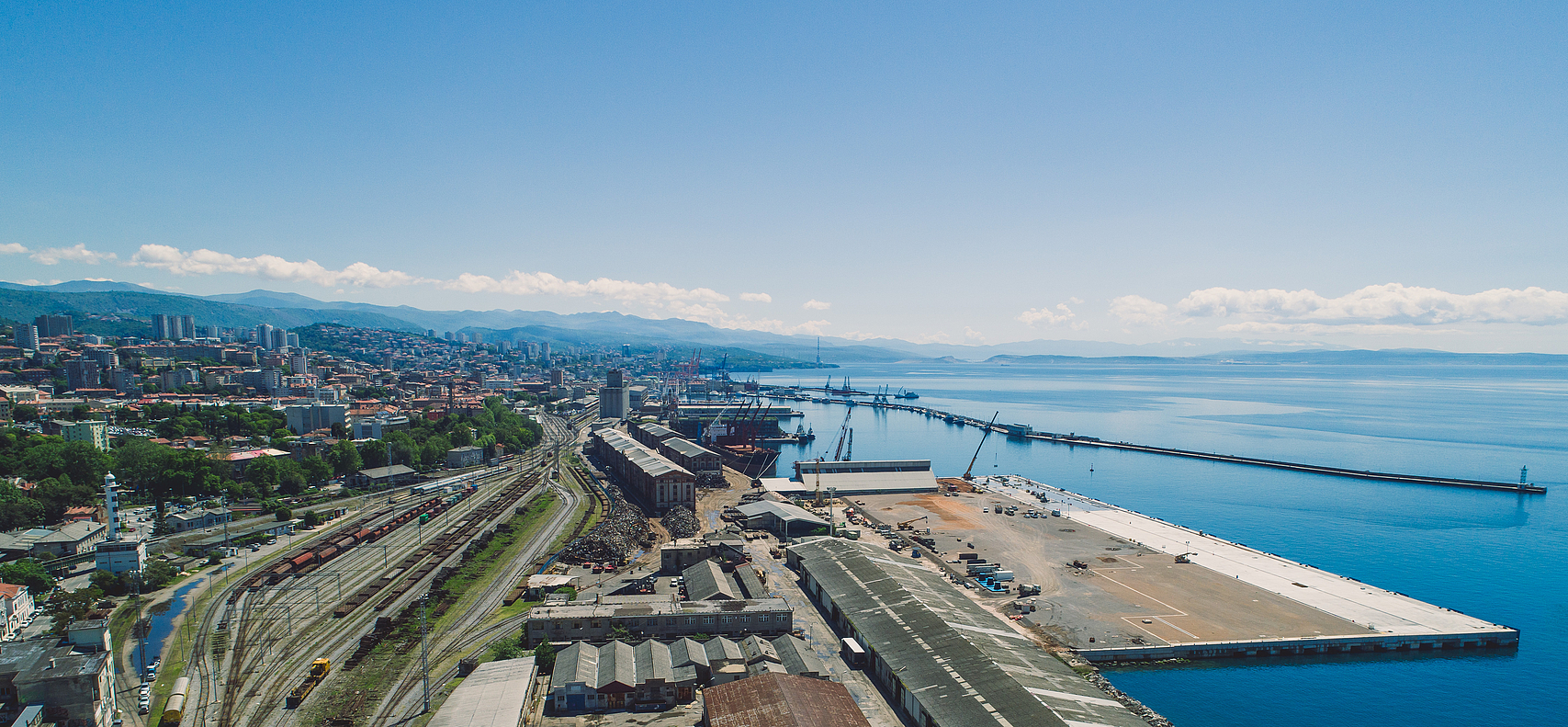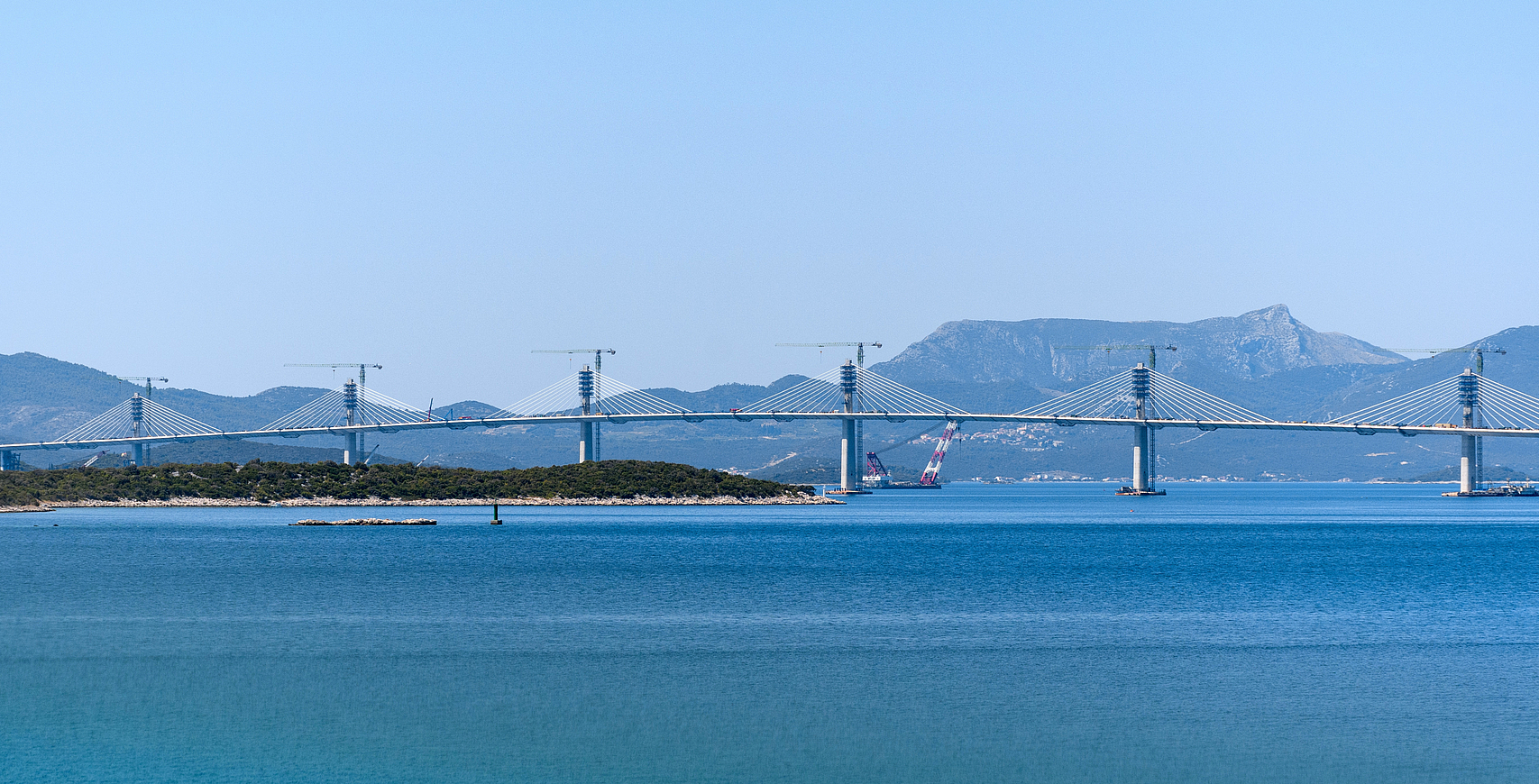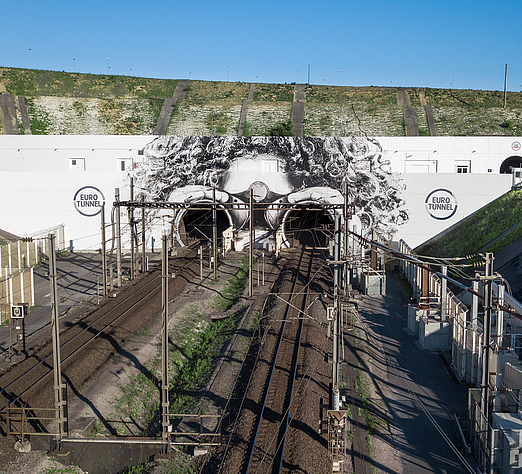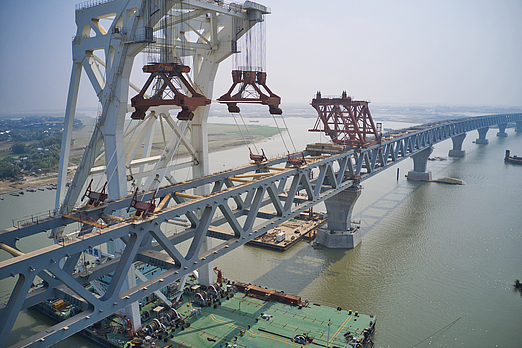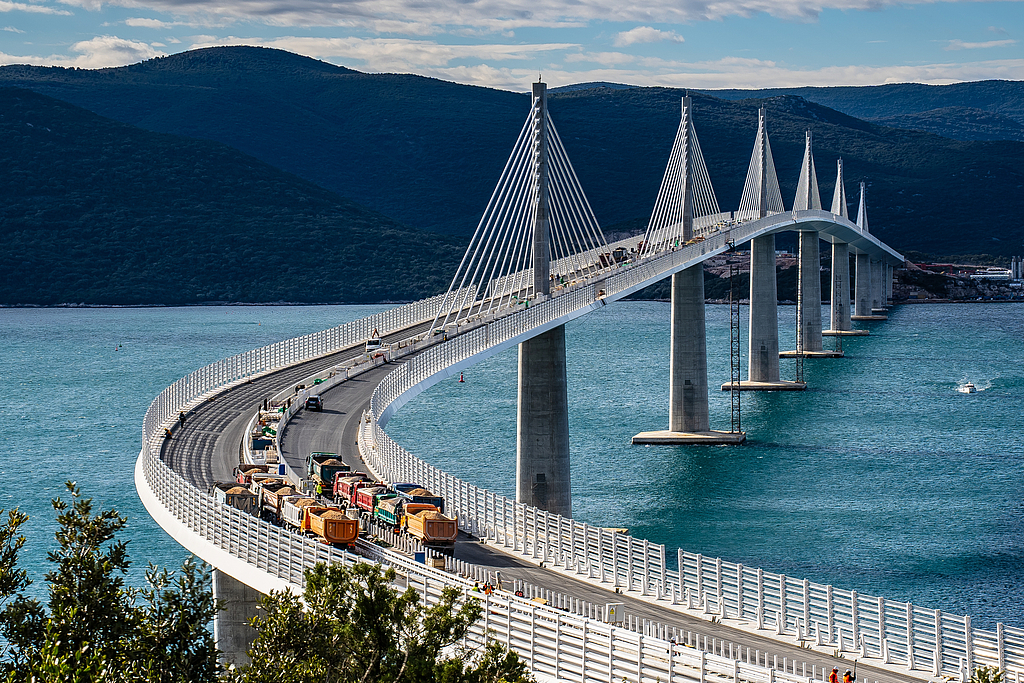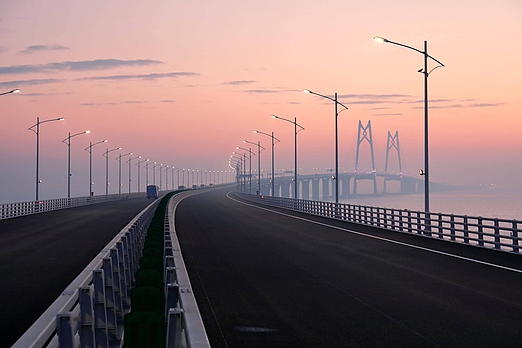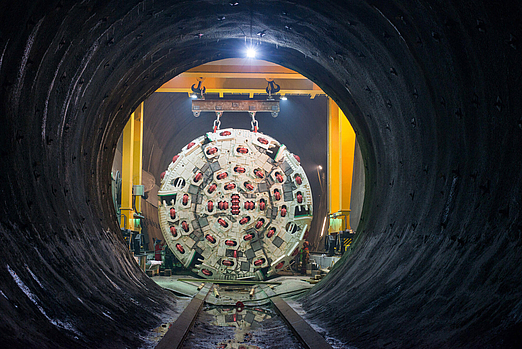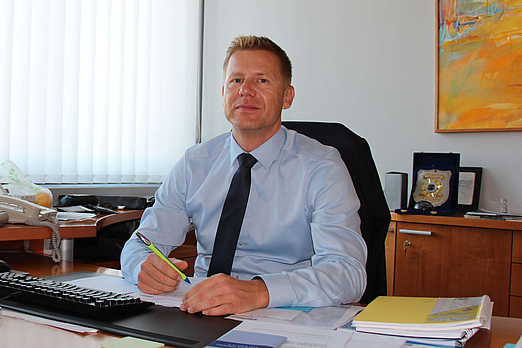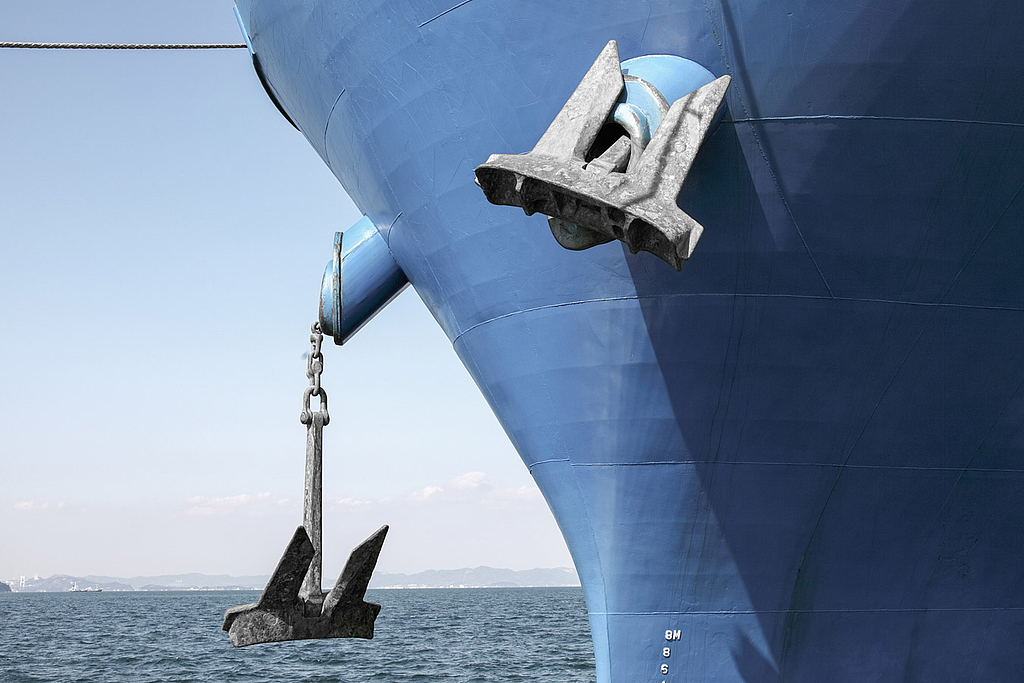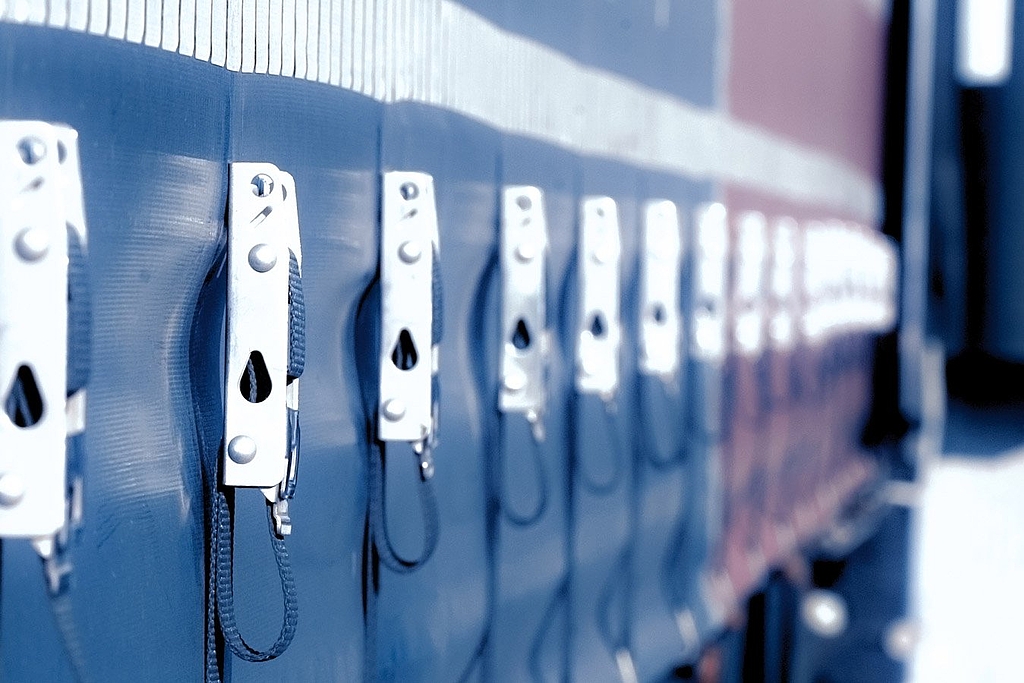Seafaring nation with big plans for its infrastructure
Croatia – a pearl in the Adriatic
- Facts
Known for its breathtaking coastal scenery along the Adriatic Sea, Croatia has had close ties to the sea for centuries. It’s no surprise that the legendary world traveler Marco Polo was born in Dalmatia. But the country has also established its position in the present: becoming part of the Schengen area and introducing the euro are just around the corner and numerous infrastructure investments are currently or shortly being implemented. One of these – a bridge project – spans a bay and even bypasses a neighboring country.
